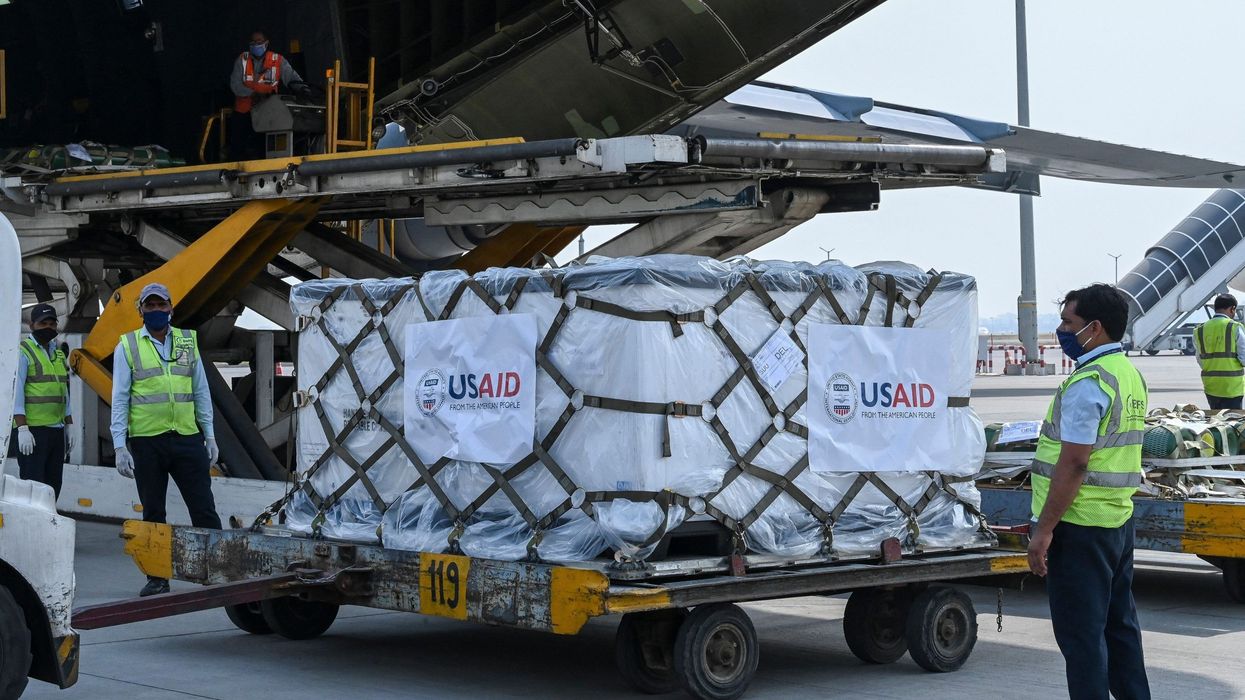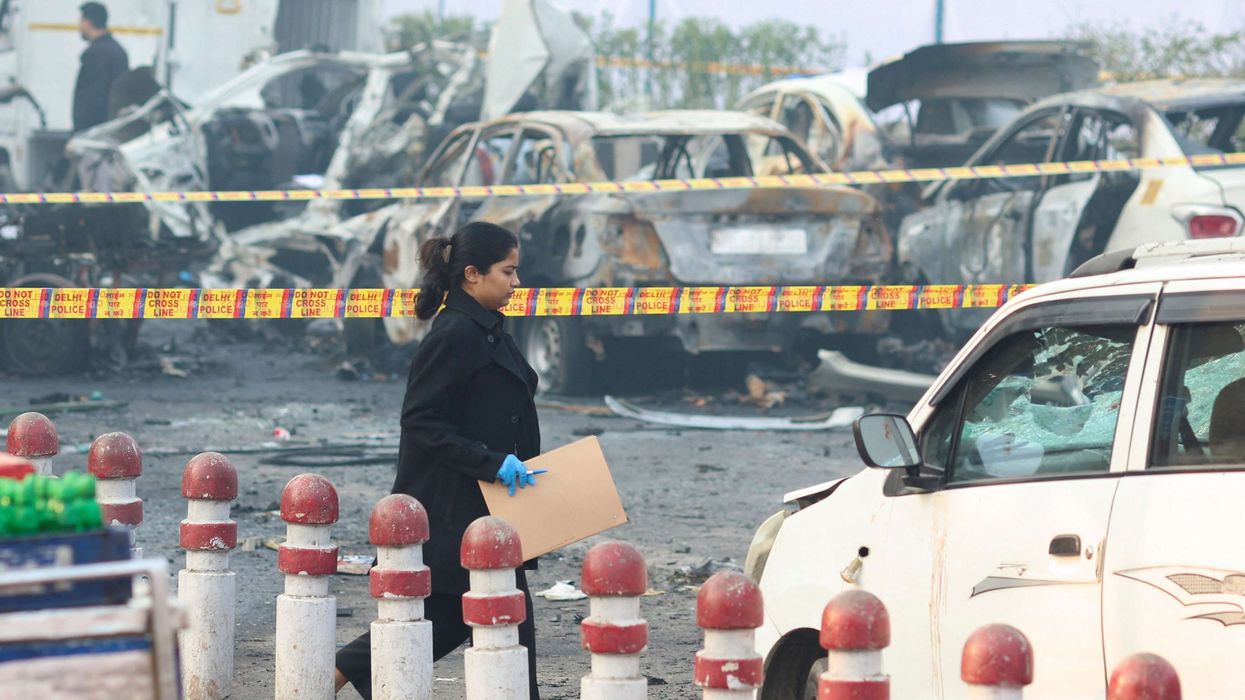By Pooja Shrivastava
India is witnessing a brutal second wave of Covid-19. On May 6, Thursday, the country recorded 412,262 new infections and 3,980 deaths in the past 24 hours, according to the health ministry.
The country’s health system is stretched, with reports of acute shortage of hospital beds, oxygen, and drugs.
Help is pouring in from all over the world, especially from Indians living abroad. Many US-based organizations are also raising funds to help. Here is a list of 10 US-based groups where you can donate to help India fight Covid-19:
1. American Association of Physicians of Indian Origin (AAPI):
Based in Chicago, this professional association for Indian American physicians is actively raising funds that will be used to purchase oxygen concentrators to be sent to India. They have already raised more than $2 million from members and in partnership with other charitable organizations.
AAPI is sending oxygen equipment including concentrators, ventilators, nasal cannula, BiPAP and CPAP machines. The organization is also reaching out to help their Indian counterparts with their knowledge and expertise gained over the past year.
Click here to donate.
2. Vibha:
Based in California, this aid group has partnered with the New York-based celebrity chef Vikas Khanna to raise money to buy oxygen concentrators, PPE kits and other supplies. Chef Khanna was in the news last year for his relief work for underprivileged Indian suffering during lockdown.
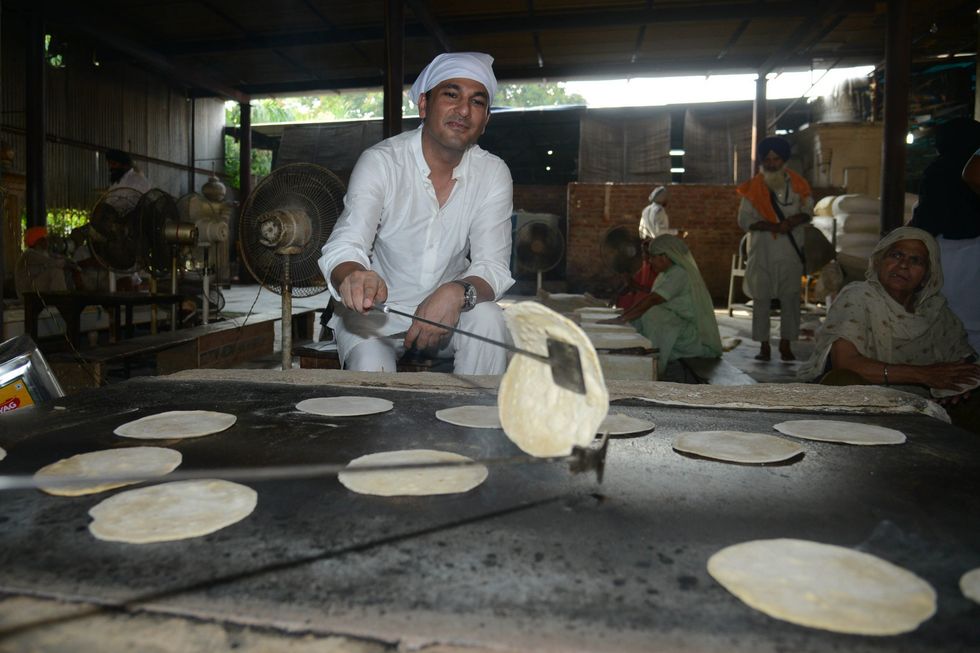
Primarily a volunteer-led semi-virtual organization, Vibha is raising money to help families in India with food, medicine kits, gloves and masks. The group has disbursed $500,000 for Covid relief and has procured 650 oxygen concentrators.
Click here to donate.
3. Sewa International:
Houston-based Indian-American non-profit body organization, Sewa International, works in the areas of disaster recovery, education, and development. The group has
launched a ‘Help India Defeat COVID-19’ campaign to ship oxygen concentrators to Indian hospitals.
Sewa International says it has raised $5,784,807, as of April 29, as a part of its $10 million goal. The funds are being used to procure and provide medical equipment and essential supplies to hospitals, institutions, and individuals in India.
Some 2,584 oxygen-concentrators have already been shipped to the country. Click here to donate.
4. American India Foundation:
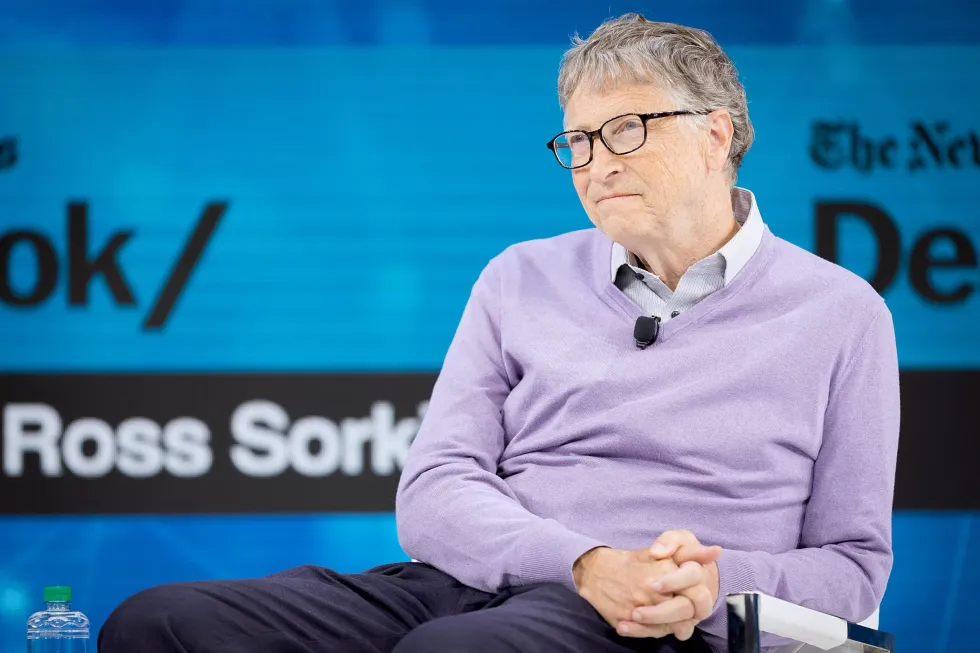
Co-founded by Bill Gates, American India Foundation is one of the largest non-profit American organizations working in India. The group has received $20 million in India Covid relief commitments in just over a week from corporations including Bank of America, BlackRock, Bristol Myers Squibb, and Oracle.
The foundation is using the money to purchase oxygen concentrators as well as fully equipped hospital beds. Click here to donate.
5. The Desai Foundation:
The Desai Foundation has been helping open isolation centres with bed and food to affected families. The group is also providing supplies, including oxygen concentrators, ventilators, masks and PPE kits to the states of Gujarat and parts of Maharashtra.
The group has also created a “help desk” to assist affected families. It aims to raise $250k for the relief fund in the next two weeks. Click here to donate.
6. Islamic Medical Association of North America (IMANA):
One of the largest medical groups in the world, IMANA has procured critical non-invasive supplies to be dispatched to India to meet the acute shortage of oxygen in hospitals.
Akrama Hashmi, managing director of IMANA, said they have already laid the groundwork to airlift these critical supplies to India and are working directly with the respective government agencies overseeing the response.
The organization has also launched a special ‘Help India Breath’ fundraising campaign. Click here to donate.
7. Project Hope:
This Maryland-based global health non-profit provides medical training, health education and humanitarian assistance around the world. Working with Indian local partner, MY-HEART, Project Hope is facilitating the rapid procurement of PPE, oxygen and ICU equipment, ventilators, and other critical items to support India’s overwhelmed health care system.
Project Hope also aims to train health care workers and promote public health awareness and vaccination campaigns in the country. Click here to donate.
8. Association for India’s Development:
Association For India’ Development is a grassroots organization that promotes sustainable development. It is currently working in donating PPE, surgical masks and face shields as well as oxygen supplies to hospitals in India.
The group is accepting donations to provide food and protective equipment to its 30 partner organizations across the country. The group is also reportedly sending funds to a local partner to set up a call center to run a Covid-19 helpline accessible across India.
Click here to donate.
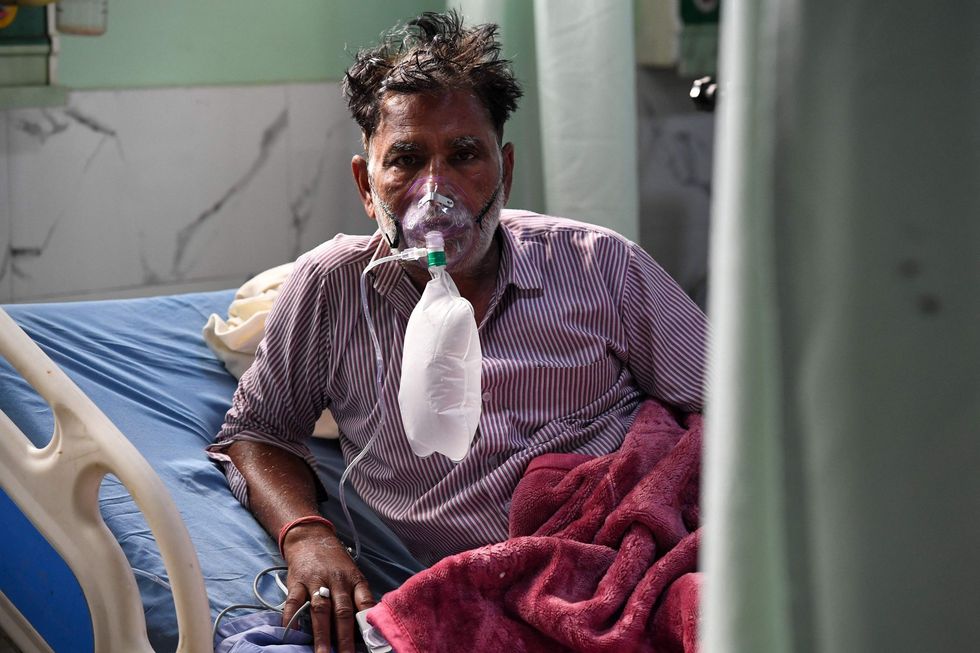
9. GlobalGiving :
This US-based non-profit organization provides a global crowdfunding platform for grassroots charitable projects. As a part of its Covid-19 relief, it is sending aid to families in lockdown apart from providing mental and emotional resources for front-line workers.
It is accepting donations for various relief efforts including vaccine accessibility, sending medical aid to hard-hit areas and shipping items to vulnerable families in lockdown. Click here to donate.
10. Americare:
Americares is helping Indian health facilities manage the increased caseload of Covid-19 patients by providing essential equipment and supplies, including ventilators, oxygen concentrators, pulse oximeters, thermometers and other critical items.
To date, Americares has provided 4,600 pieces of medical equipment to health facilities throughout India and is donating more than 600 oxygen concentrators to public hospitals across multiple states. Click here to donate.
